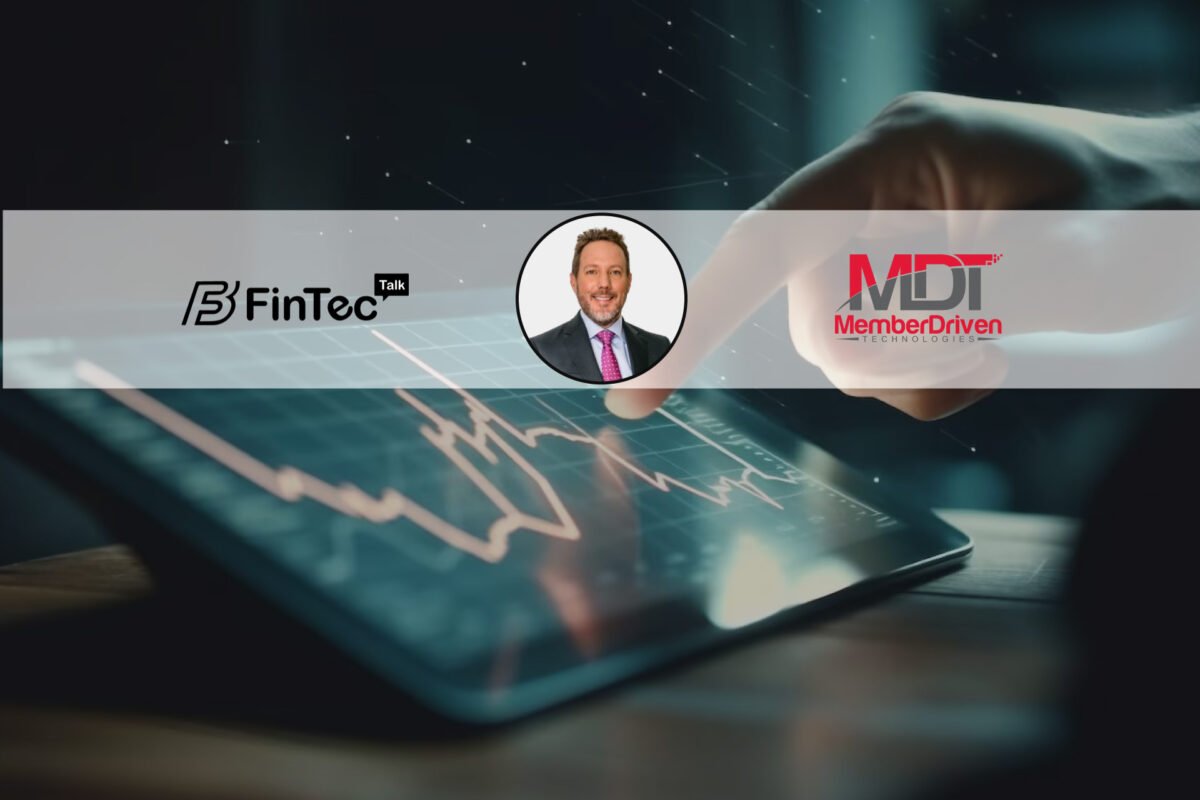Discover combating money laundering and financial crime tips in an exclusive interview with, Gary M. Shiffman, CEO and Co-Founder at Consilient
Kindly brief us about yourself and your journey as the Founder and CEO of Consilient?
I began my career in the military – I went to war and traveled around the world. During this time, I was able to observe the best and worst qualities of humans. Largely because of this experience, I dedicated my career to battling human suffering, coercion and violence. Ultimately this is why I co-founded Consilient – I want to use AI to combat suffering, violence and coercion. During my career I have also served in national security roles with the U.S. Senate and the Department of Homeland Security, and I hold a doctorate in economics.
Can you tell us more about Consilient and its mission to transform the prevention of financial crime? What inspired you and Juan Zarate to start this venture?
We believed that the financial industry’s approach to financial crime prevention needed to be turned on its head. That with technology being implemented, we weren’t making the step change that was needed. We believed that there was a way to make the industry dramatically more effective and efficient. We were inspired by the potential of a subset of AI called Federated Learning (FL) to enable people, financial institutions, and law enforcement to collaborate and reduce the severity of financial crime. Most systems used to detect these crimes are outdated and we want to change that.
The current methods of fighting money laundering and financial crime are often considered outdated and ineffective. How does Consilient address these challenges?
Over the decades, financial institutions have used rules-based systems to detect money laundering. Criminals know this and take some simple steps to defeat these systems. So, we see a situation where banks and other financial institutions spend an enormous amount of money on operations, systems, people and compliance, but few criminals are actually arrested. This is the definition of inefficiency.
Consilient changes this calculus by being risk-based rather than forensic-based. Consilient says “These are the behaviors that lead to financial crime” rather than looking at data after-the-fact. Key to this is that Consilient is collaborative – no data is shared between organizations so customer privacy is absolutely protected, and regulations are not violated. This sharing can occur between financial institutions, law enforcement and regulators, and they all become better for it. The important thing is because FL doesn’t touch the data in any way, this becomes an extraordinarily efficient way to share industry insights.
What motivated Consilient to focus on developing a federated learning solution specifically for financial crime detection? What advantages does federated learning offer in this domain compared to other approaches?
At various stages in my career, I would collaborate with officials around the world. This made me and them more effective and was frankly an indispensable way we did our work. In the financial sector, it is frustrating to see a lack of collaboration lead to the commission of financial crimes. So, while I understand machine learning had a role to play, my goal was to combine this with collaboration and use FL to inspire sharing across financial institutions where there currently is none. We can do it because our solution means that the data never moves and stays at each organization, thus we don’t violate privacy regulations.
Sharing data between institutions, regulators, and jurisdictions can be a complex and sensitive process. How does Consilient overcome these challenges to facilitate the sharing of behavioral insights without compromising data security and privacy?
Our solution means that data never moves: the actual data is never shared. Since sharing data comes with enormous implications under the current regulatory environment, knew that this approach would be incredibly challenging for the industry and organizations. Consilient uses FL to enable collaboration without sharing data. Instead of centralizing data in a data lake, like some efforts have attempted to do, we move the analytics to the data – this enables us to “look” at the data without actually touching it. This lets us detect money laundering activity based on behaviors, rather than moving the data somewhere for traditional analysis.
In your opinion, what are the key advantages and benefits of using Consilient’s federated learning solution compared to traditional approaches to anti-money laundering and financial crime prevention?
Federated Learning causes massive improvements in accuracy (efficiency and effectiveness combined), enables collaboration and preserves privacy. Organizations currently are limited by what they can see in their own data and they are limited by not having enough nuanced data to build really accurate models. This is often why heuristic rules do not evolve. FL enables organizations to deploy the most precise and accurate models that continuously evolve as money laundering evolves. It enables organizations to pin-point specific behavioral risks and, most importantly, dramatically improves efficiency and effectiveness. All of this solves big problems for financial institutions in detecting financial crimes.
Efficiency is a key aspect in combating financial crime, as time is often of the essence. How does Consilient’s solution improve efficiency in risk management and the detection of financial crimes? Are there any specific features or functionalities that contribute to this efficiency gain?
Our suite of FL models are built according to what the institution is trying to find, and their worth is tied to their effectiveness in recognizing patterns. The more you evolve your FL models, efficiency is found through less work for the same outcomes. Because of this, our data shows a 75% improvement over existing approaches.
Can you share any success stories or case studies where Consilient’s solution has successfully addressed the challenges of risk, privacy, existing detection methods, coverage, or efficiency?
Consilient deployed to a large bank to address third-party risk. As I mentioned earlier, banks typically use rules-based systems to address this risk. The bank didn’t have enough data to build an effective model. From this deployment, the bank’s third-party risk process was 78% more efficient and it detected 608% more “suspicious events.”
What advice would you give to other technology leaders and entrepreneurs considering moving into the fintech industry, as you have?
Entrepreneurs and technology people need to understand that professionals in financial institution compliance and risk departments are thoughtful and deliberate. Entrepreneurs typically want to move quickly – but they need to understand that this industry moves deliberately and thoughtfully, which might be slower than they’re used to. So, patience is important, and ensuring that solutions are not just a ‘me too’ product but really are unique and are value creating for clients.
As the CEO of Consilient, what are your future plans and goals for the company? How do you envision Consilient’s role in shaping the future of anti-money laundering and financial crime prevention?
Consilient is the first FL platform for financial crime compliance – which includes fraud, anti-money laundering and sanctions/export controls. This FL approach is going to change the fight against financial crime. Because of this, our vision is to be the foundational technology globally, to combat financial crime and protect
the financial system. Our mission is to have Consilient transform the global financial system.




